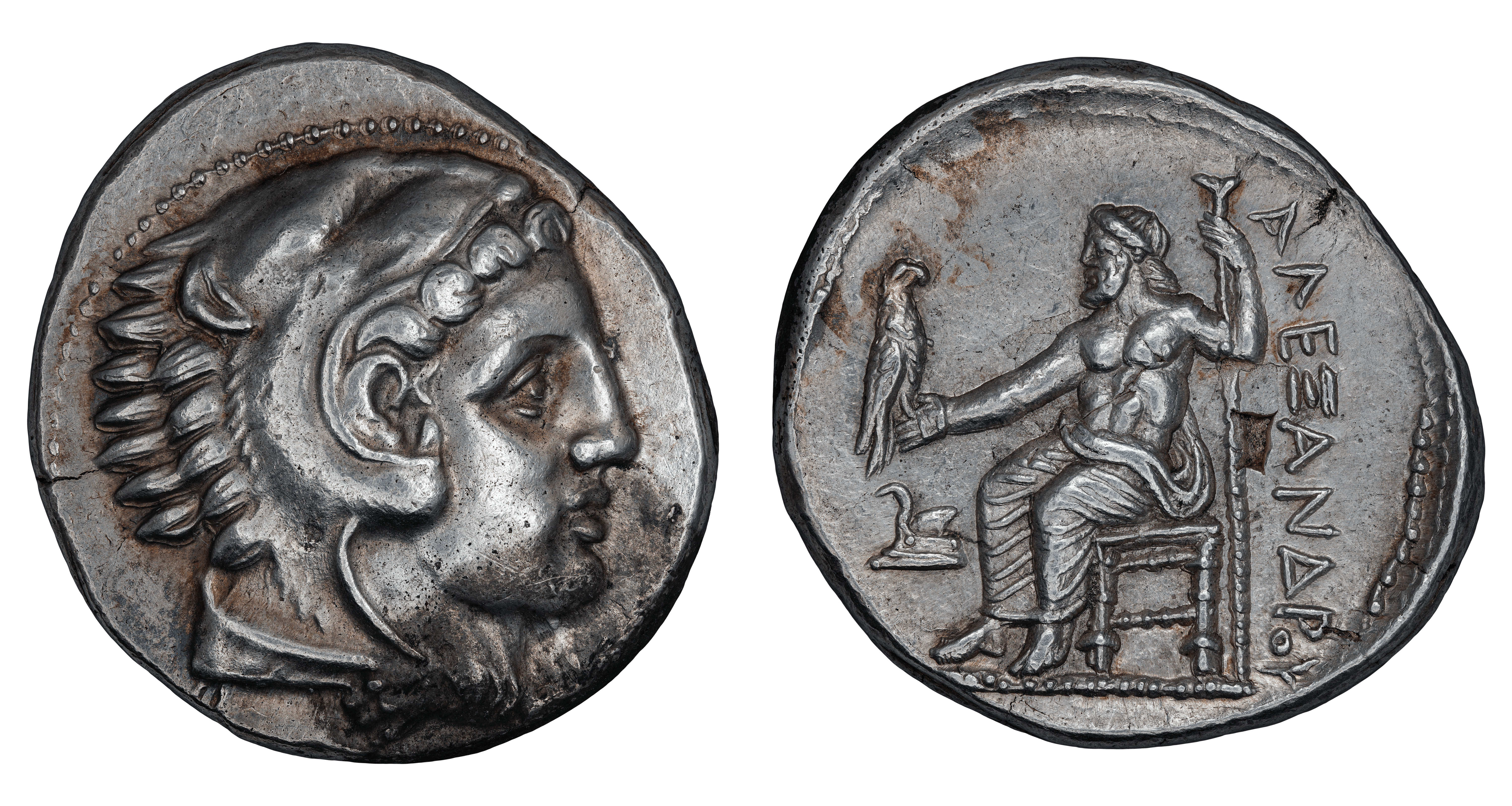Reference




OpenAI's Answer
The significance of the weight variation among different ancient Greek tetradrachm standards lies in both regional economic strategies and practical considerations for trade and political influence.
-
Economic Strategies:
- Regional Standards: Different Greek city-states and regions adopted their unique weight standards to establish economic independence and control over monetary policy. This allowed regions like Athens and Aegina to maintain economic transactions and assert their influence over their respective areas using their currency standards.
- Adapting to Economic Conditions: Cities occasionally adjusted the weight of their tetradrachms in response to economic conditions. For instance, as noted in NGC's article on Athenian tetradrachms, the weight evolved along with the economic fortunes of Athens, impacting the coins' acceptance and value in trade.
-
Facilitating Trade:
- Common Currency for Trade: Some city-states, like Athens, minted their coins to be widely acceptable, facilitating trade across the Greek world. The Attic standard, for example, became widespread and was adopted by several other cities for trade ease. Tetradrachm - Wikipedia highlights how Athenian tetradrachms were used even in cities politically unfriendly to Athens due to their reliability and stable value.
-
Political and Military Influence:
- Alexander the Great's Tetradrachms: Alexander’s tetradrachms, as detailed on the Artemis Collection website, played a crucial role in his military campaigns, ensuring his soldiers were paid in a standardized and widely accepted currency. This helped consolidate his vast empire economically and politically.
-
Standardization for Economic Stability:
- Long-term Trade Relations: According to the Cambridge Core, adopting a common weight standard enabled merchants to easily exchange coins in different cities, fostering long-distance trade and economic relationships across the Greek world.
-
Variation and Wear:
- Influence of Wear and Corrosion: As noted by Forum Ancient Coins, individual coins could vary in weight due to wear, corrosion, and differences in flan manufacture. This natural variation meant that while cities aimed for standardization, practical use warranted some degree of weight flexibility.
In summary, tetradrachm weight variations among different ancient Greek standards had economic, political, and practical implications, facilitating trade, asserting regional influence, and reacting to changing economic conditions.
Follow Up
Related
Which Despicable Me films were nominated for a Golden Globe Award?
What alternative NOx reduction technology did Volkswagen consider before developing their own?
How does Cordelia meet her end in King Lear?
What was the significance of Eduardo Aldasoro's rank when he passed away?
What is the population density of Mokai as per the 2018 Census?
What were the results of the Fiji U-19 Women's Championship?